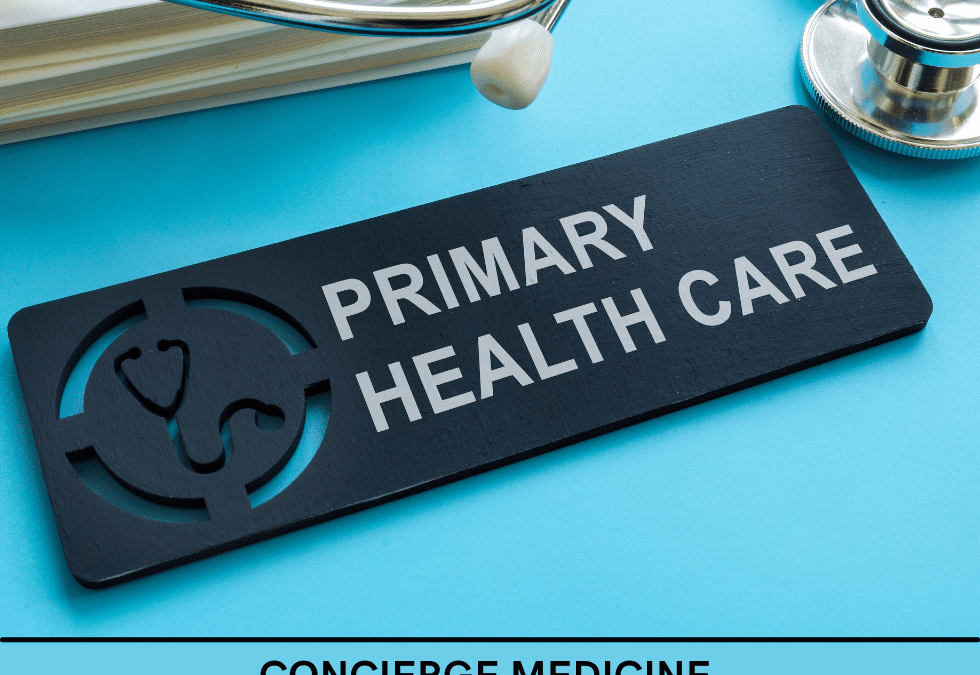Over the last several years two healthcare models have emerged which offer different healthcare options compared to traditional insurance models. Concierge medicine and DPCs have increased in popularity; although these models are similar, there are some key differences between the two approaches.
Similarities
Both these models have a membership fee that is either paid by the individual or employer. Compared to traditional insurance models both concierge and DPC practices have smaller patient panels which translates into more time with our patients. With offices that take traditional insurance, patients can be scheduled every 15-20 minutes which makes it challenging to address health care needs. In addition, a great deal of time is devoted to charting and coding which decreases actual patient time. In contrast, with smaller patient panels, DPC and concierge practices can devout more time to our patients, usually 30-minute visits. Also, patients’ visits are conducted both in person and virtually and alternative methods of communication such as text messages and phone calls are often utilized.
Differences
Pricing
DPC prices compared with concierge practices are usually much lower. The average DPC price can range from $35 to $100 per month. Concierge practices tend to have a higher price point and cater to premium services such as vascular scans or other types of preventive testing that may not be covered by insurance.
Insurance
Speaking of insurance, several concierge practices continue to bill insurance companies. The membership fee is an additional cost that patient’s pay. In contrast a pure DPC practice does not bill insurance. This does not mean patients with insurance cannot join a DPC, but they sign a patient agreement stating they understand the practice does not bill insurance and they agree to pay the membership fee.
What are some of the benefits of being a member of Compassion Primary Care?
- Annual physical
- Well Woman Exam
- Next day and same day appointments
- Virtual and in person visits
- Chronic disease management
- Discounted labs
- Discounted diagnostic tests (x-rays, ultrasounds, etc.)
- Discounted generic medications
Hopefully, this helps you to understand the similarities and differences between these two models of care. We are taking patients and look forward to hearing from you.

